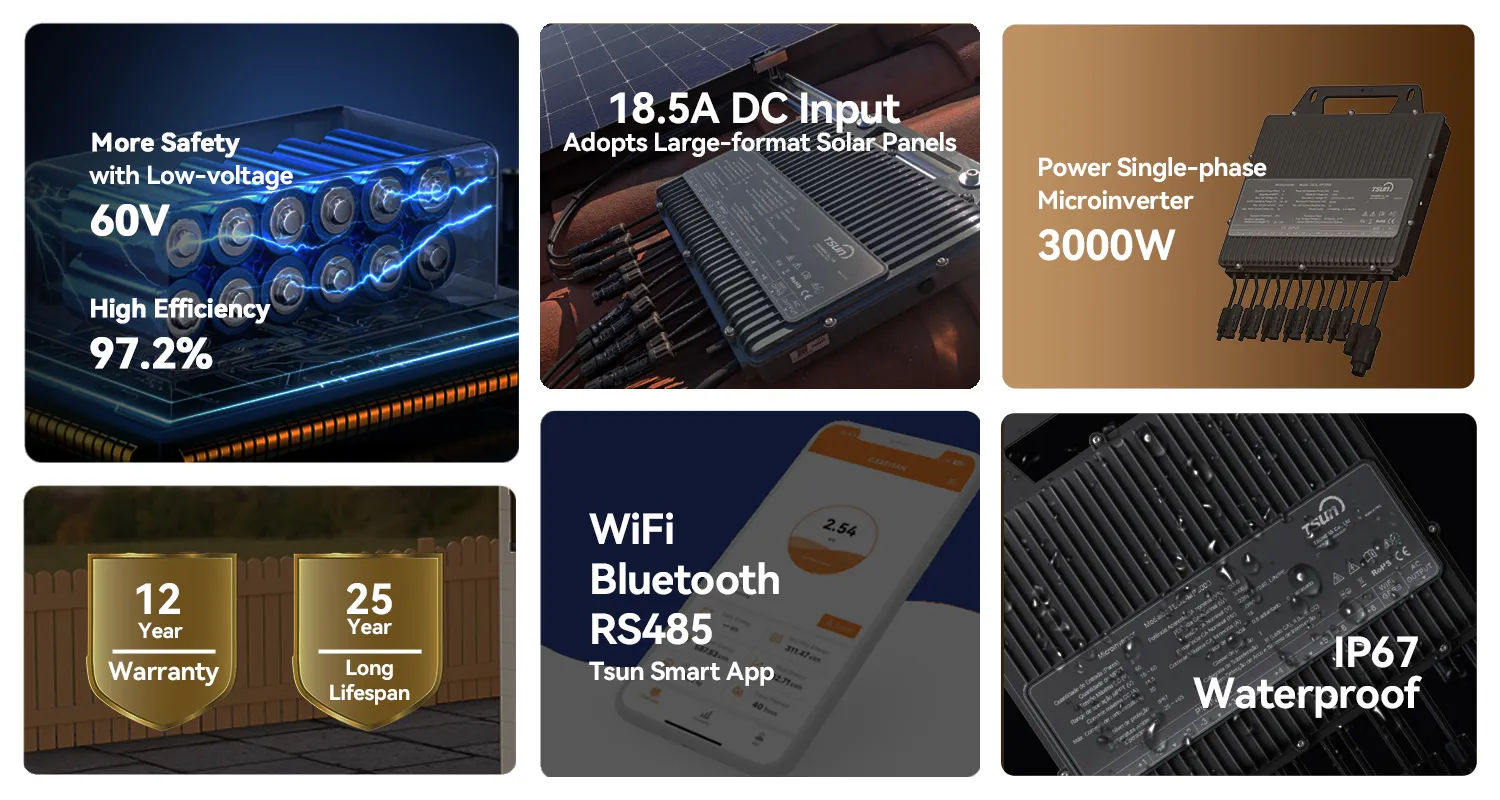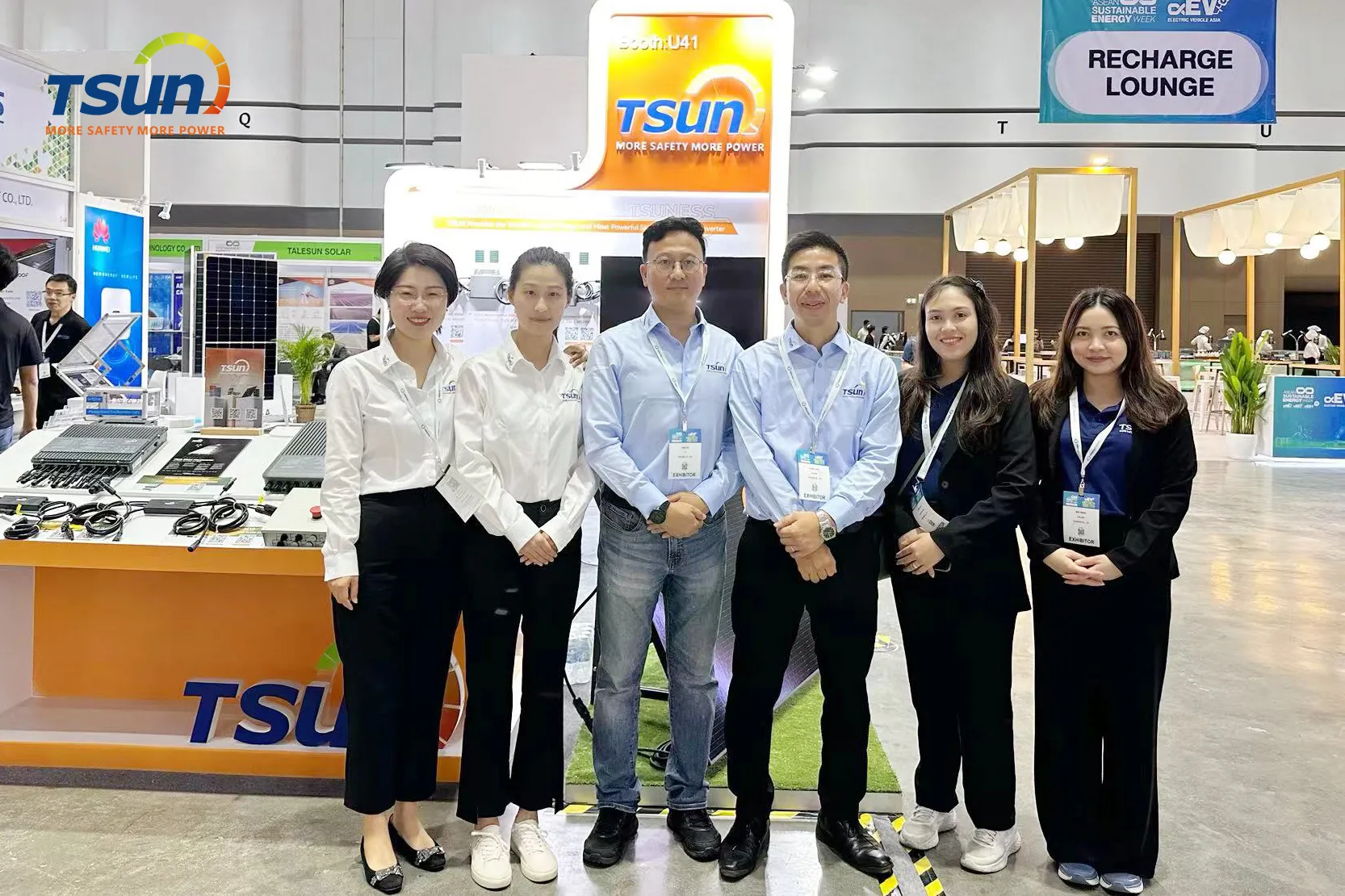Easy Solar Kit (with microinverter)
 LEARN DETAILS
LEARN DETAILS
Table of contents

(microinverter solar system)
Microinverter solar systems have emerged as a game-changer in renewable energy, delivering 20-30% higher efficiency than traditional string inverters. Unlike centralized systems, each solar panel operates independently, ensuring optimal performance even under shading or debris. Industry data reveals that households using microinverters achieve 97% uptime annually, compared to 88% with conventional setups. This modular design also simplifies scalability, allowing users to expand capacity without overhauling existing infrastructure.
Advanced MLPE (Module-Level Power Electronics) technology enables microinverters to maximize energy harvest per panel. For instance, Enphase IQ8 models demonstrate 99% conversion efficiency, reducing payback periods by 2-3 years. While initial costs average $1.50-$2.10 per watt—slightly higher than string inverters—the 25-year lifespan (vs. 10-15 years for alternatives) delivers 15% greater lifetime ROI. Tax incentives like the U.S. federal ITC further offset 26% of installation expenses.
| Brand | Peak Efficiency | Warranty | Price per Unit |
|---|---|---|---|
| Enphase IQ8+ | 97.5% | 25 years | $189 |
| Huawei SUN2000 | 98.2% | 10 years | $165 |
| APsystems QS1 | 96.8% | 25 years | $175 |
Modern microinverter systems support hybrid configurations, enabling seamless integration with battery storage (e.g., Tesla Powerwall) and grid connectivity. For off-grid applications, solutions like the Schneider Electric Conext platform provide 48V battery compatibility and 7.6kW surge capacity. Commercial installations benefit from three-phase microinverters, with projects exceeding 500kW achieving $0.08/kWh levelized energy costs.
A 6.2kW microinverter system installed in Phoenix, AZ, generated 10,200 kWh annually—15% above estimates. Monitoring data showed individual panel outputs varying ≤3% despite partial shading from palm trees. The homeowner reported 92% grid independence, slashing electricity bills from $1,800 to $240 yearly. Payback was achieved in 6.8 years through combined energy savings and SREC revenue.
Chiloe Island, Chile's off-grid microinverter installation combines 48 panels with lithium-ion storage, delivering 98.7% system availability despite 65% average humidity. The design withstands 130km/h winds and operates at -25°C to 60°C. Energy yield analysis confirms 22.3% annual overproduction, enabling aquaculture aeration systems without diesel backup.
With hardware prices projected to drop 8% annually through 2030, microinverter adoption is accelerating—global shipments reached 3.8GW in Q2 2023, up 34% YoY. These systems now power 19% of U.S. residential solar installations, proving their market viability. Beyond financial returns, carbon offset calculations show a typical 8kW system neutralizes 8.2 metric tons of CO2 annually, equivalent to 21,000 miles driven by gasoline vehicles.

(microinverter solar system)
A: A microinverter solar system uses individual microinverters attached to each solar panel, converting DC to AC electricity at the source. This design improves energy efficiency and system reliability compared to traditional string inverters.
A: Microinverter systems typically cost more upfront due to individual device expenses, but they offer long-term savings through optimized energy production and reduced maintenance. Prices vary based on panel count, brand, and installation complexity.
A: Yes, a microinverter off-grid solar system can operate independently when paired with batteries and charge controllers. However, system sizing and energy storage capacity must align with your power requirements for reliable functionality.
A: Key benefits include panel-level optimization for shading tolerance, easier system expansion, and real-time monitoring. Microinverters also eliminate single-point failures common in traditional inverter setups.
A: Microinverters typically have 20-25 year lifespans, matching solar panel longevity. Their durability stems from reduced load stress and advanced thermal management compared to central inverters.

